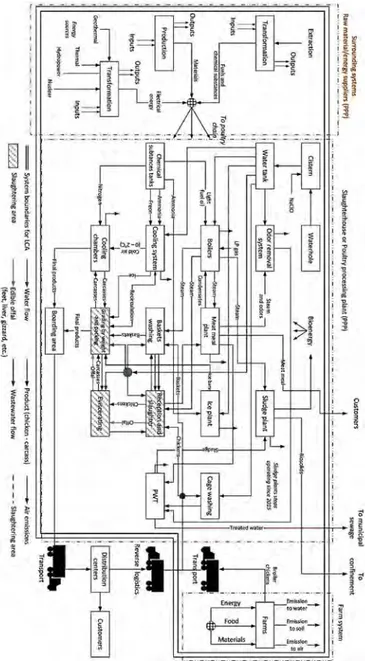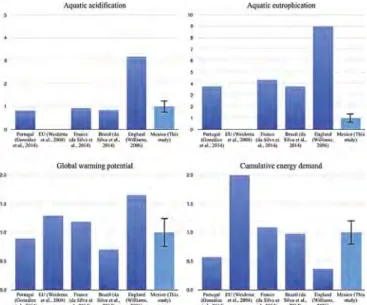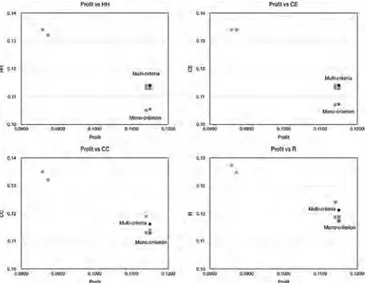Environmental impact assessment of chicken meat production via an integrated methodology based on LCA, simulation and genetic algorithms
Texte intégral
Figure




Documents relatifs
The kilogram of pig produced from each optimized system was assessed at farm gate using Life Cycle Assessment (LCA) and the results were compared to an average current pig system
En revanche, pour l’ensemble du système de production de viande, la part de l’éner- gie consommée par l’atelier naisseur par kg de produit est néanmoins comprise entre 73 et 83
technological parameters that meet market demand. Only an empirical ratio however has been determined for aggregate path identification inside the plant, which
A Scatter plots show percent of IL-13 mRNA + cells within live lymphocytes after PMA/ionomycin stimulation compared to medium in control and infected birds (left panel)..
Some examples of protocols for standardization of environmentally-related information has been studied for the UML language for the Manufacturing Execution System (MES) [17] and
Focusing on offshore wind energy, this pilot aims at giving an easy and free access to potential environmental impacts caused by electricity generation from a wide range
Fig. Differences in environmental and economic indicators for feeding strategies in pigs and broilers formulated using multiobjective formulation compared to least-cost formulation
In this experiment, achieved on free-range T55 breeder males, we tested the impact of the semen di- lution rate (final dilution of 1:3 or 1:4) on fertility rate after AI with a




